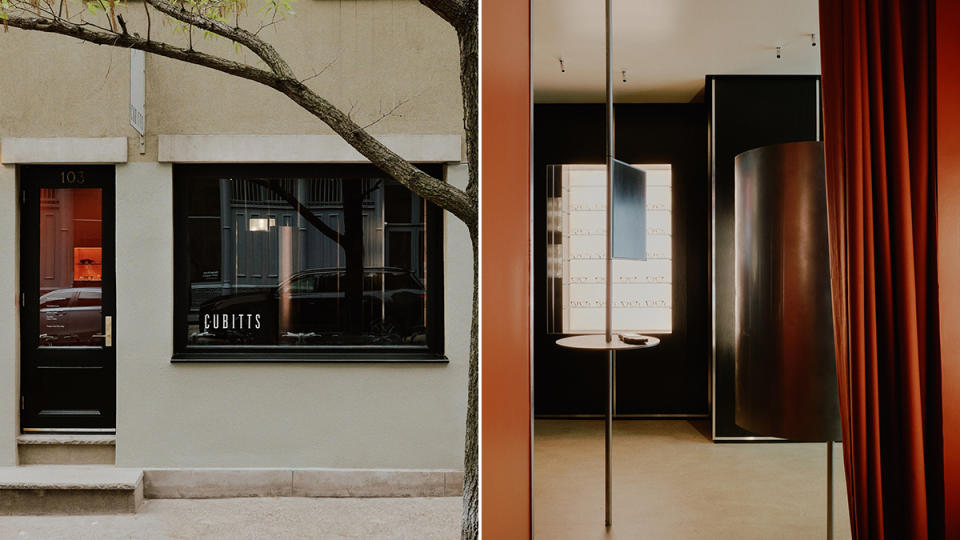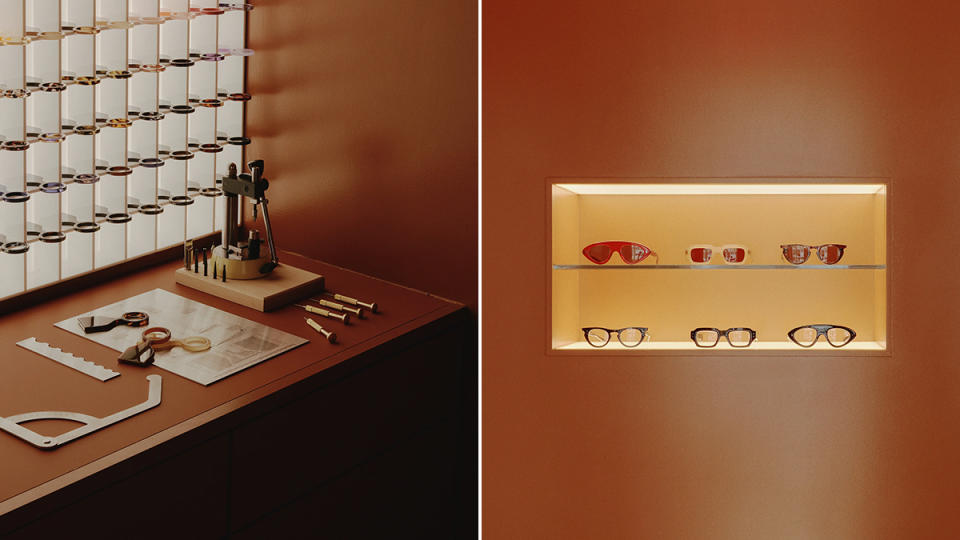One of the U.K.’s Coolest Eyewear Makers Is Bringing Its Custom Frames to N.Y.C.

Cubitts founder Tom Broughton is game to talk about his product—but please, don’t call them “glasses,” or even worse, “eyewear.” The preferred term, as the design-loving Brit is quick to call out, is “spectacles.”
“There is a real dignity to spectacles, whereas eyewear sounds medicalized. You go to a doctor for eyewear,” he tells Robb Report. “It’s not sexy, or so interesting as ‘spectacles,’ which I like quite a bit.”
More from Robb Report
A Storied Streetwear Shop Just Dropped a Collection of Retro-Inspired Shades
Jeweled 17th-Century Glasses or Apple's AR Headset: Which Eyewear Option Rocks Your World?
What sounds like a minor semantic preference gets at the very heart of what Cubitts—which operates 16 stores across the U.K. and just opened its first international location in New York—does differently. Since founding the business in 2013, Broughton has sought to liberate eyeglasses from the medicalized, one-size-fits-all approach with which they’ve typically been sold.

His approach to doing so has been two-fold. Firstly, there’s the look of the off-the-shelf frames, which is informed by the principles of mid-century modern design. Most pairs are available in various colors and styles, each with multiple sizing options—a vital concern when “a millimeter can make all the difference,” as Broughton puts it.
Cubitts also offers two levels of customization. Its Bespoke program, which in tailoring parlance is probably closer to made-to-measure, lets you take your pick from a library of 300 designs and as many colors. After a technician takes down your measurements and materials preferences, the spectacles are made in Cubitts’s London workshop in four to six weeks. If you really want to think outside of the box, you can opt for Bespoke+, which produces a unique design. The service requires an appointment with the company’s design director, and as a result the production can take a little longer. (The services begin at $350 and $550, respectively.)
“You can create anything, and we’ve done all sorts of weird, wonderful things,” Broughton says. In the Soho store, there are three exclusive pairs available through the Bespoke program, each inspired by the architecture of the city.

The second piece is the retail experience, which Broughton had previously found lacking on both ends of the English-speaking Atlantic. “If you go somewhere like Rome or Paris, spectacles are celebrated much more, and you have these beautiful little ateliers and you see people wandering the streets in bright orange frames,” he says.
To foster that feeling of uniqueness and discovery, each U.K. Cubitts store aims for a distinct design that will complement its existing structure. The same can be said for its New York outpost at 103 Mercer Street in Soho, a two-story brick building built in 1900 that once served as a furniture maker. The shoebox-sized store provides just a little over 200 square feet of retail space, which is just how Broughton likes it.
Cubitts has surely made the most of this jewel box, utilizing stainless steel surfaces and ebonized ash to give the interior a clean, streamlined look that Broughton analogizes to the lines of an Edward Hopper painting. In a cheeky twist, its bathroom walls are covered in aluminum foil, a nod to Andy Warhol’s eclectic interiors at the Factory.
Aside from serving as a display space for bestselling frames like the chunky, Michael Caine-esque Judd or the softly rounded Herbrand, the store will also provide repair services to existing clients. Keeping a pair of Cubitts going for as many years as possible is another top concern for Broughton, who values the timelessness of their designs.
“I love the fact that this frame could be sold in 1927,” he says, gesturing to the round and slender Barnard frames he wears. “It could be sold in 1977, and it could be sold in 2024, and hopefully 2087. I just think that a pair of spectacles, as long as we’ve got a nose, two eyes, and two ears, don’t need to be reinvented.”
Best of Robb Report
Sign up for Robb Report's Newsletter. For the latest news, follow us on Facebook, Twitter, and Instagram.

